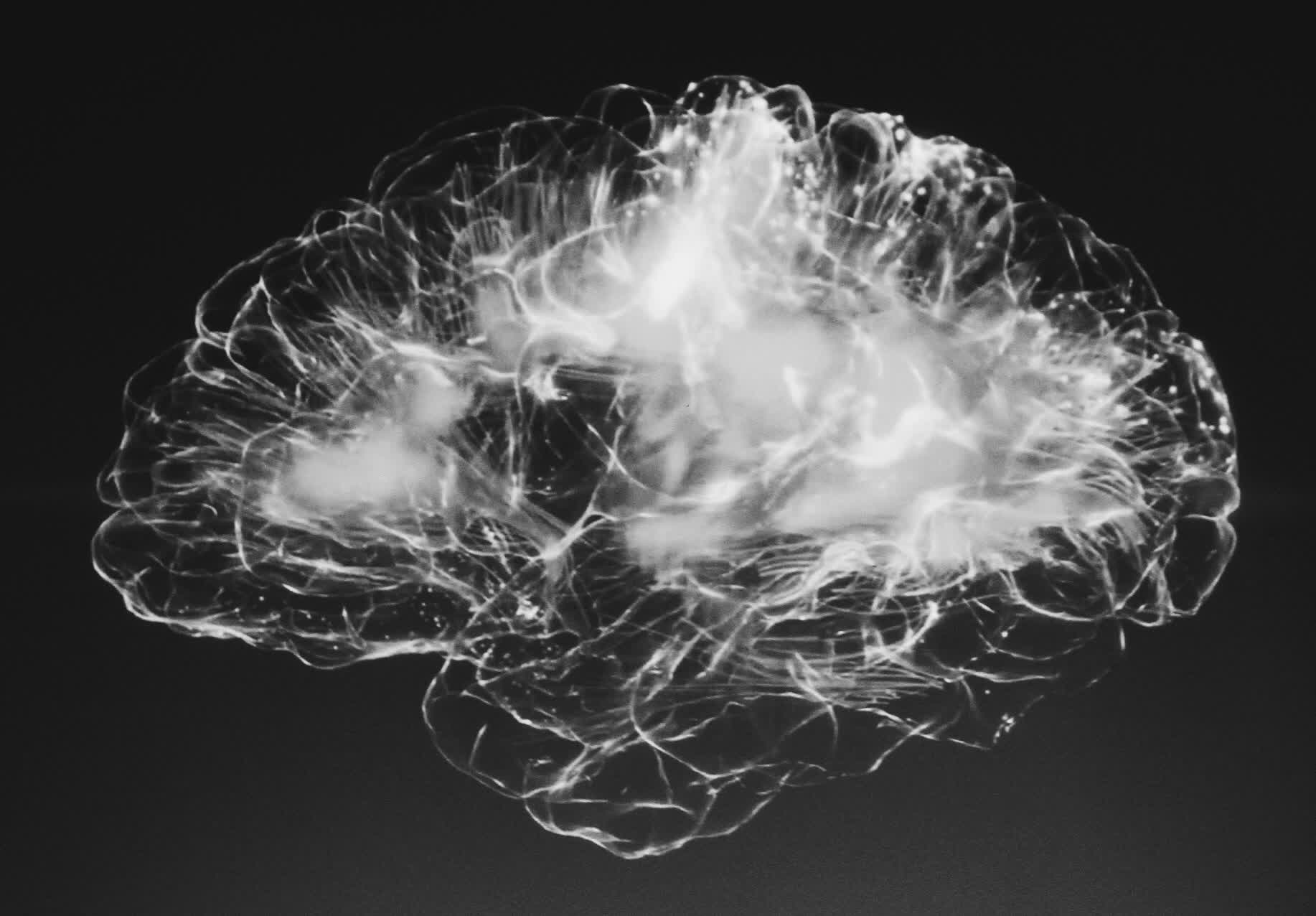Bottom line: The US Food and Drug Administration has approved plans for Neuralink to implant its brain-computer interface in a second patient after running into issues the first time around. Fortunately, the company has a plan to avoid a repeat.
Elon Musk's brain-implant company got the green light from the FDA for its first implant last year, and the company wasted little time in recruiting potential candidates. Noland Arbaugh, a 29-year-old quadriplegic that was paralyzed eight years ago in a diving accident, was chosen for the first human trial in early 2024.
The surgery was deemed a success and in March, Neuralink shared video of Arbaugh playing chess on a laptop simply by controlling the cursor with his thoughts. After becoming more proficient with the system, he is now able to play more complex titles like Civilization 6.
Redefining the boundaries of human capability requires pioneers.
– Neuralink (@neuralink) May 16, 2024
If you have quadriplegia and want to explore new ways of controlling your computer, we invite you to participate in our clinical trial. pic.twitter.com/svqfAkVV1M
Being the first in the world to receive a cutting-edge implant is not without risk, and the Neuralink brain chip is no exception.
In early May, the company detailed some of the challenges experienced thus far. A few weeks after the surgery, for example, many of the threads that connect the chip to the brain "retracted" and lost connection, resulting in a "net decrease" in the total number of electrodes collecting data from Arbaugh's brain. Fortunately, the team was able to tweak its algorithm, and Arbaugh's implant regained most functionality without a hardware repair.
To avoid a repeat, Neuralink reportedly plans to embed some of its chip's threads deeper into the brain of the next patient. According to a report from The Wall Street Journal, Neuralink aims to implant the threads about eight millimeters into the motor cortex of the next patient compared to a depth of three to five millimeters on Arbaugh's implant.
A source familiar with the matter told the Journal that more than 1,000 people have signed up for Neuralink's patient registry, although fewer than 100 actually qualify for the surgery. The next implant is reportedly scheduled for June, the publication's source added.
Image credit: Alina Grubnyak
